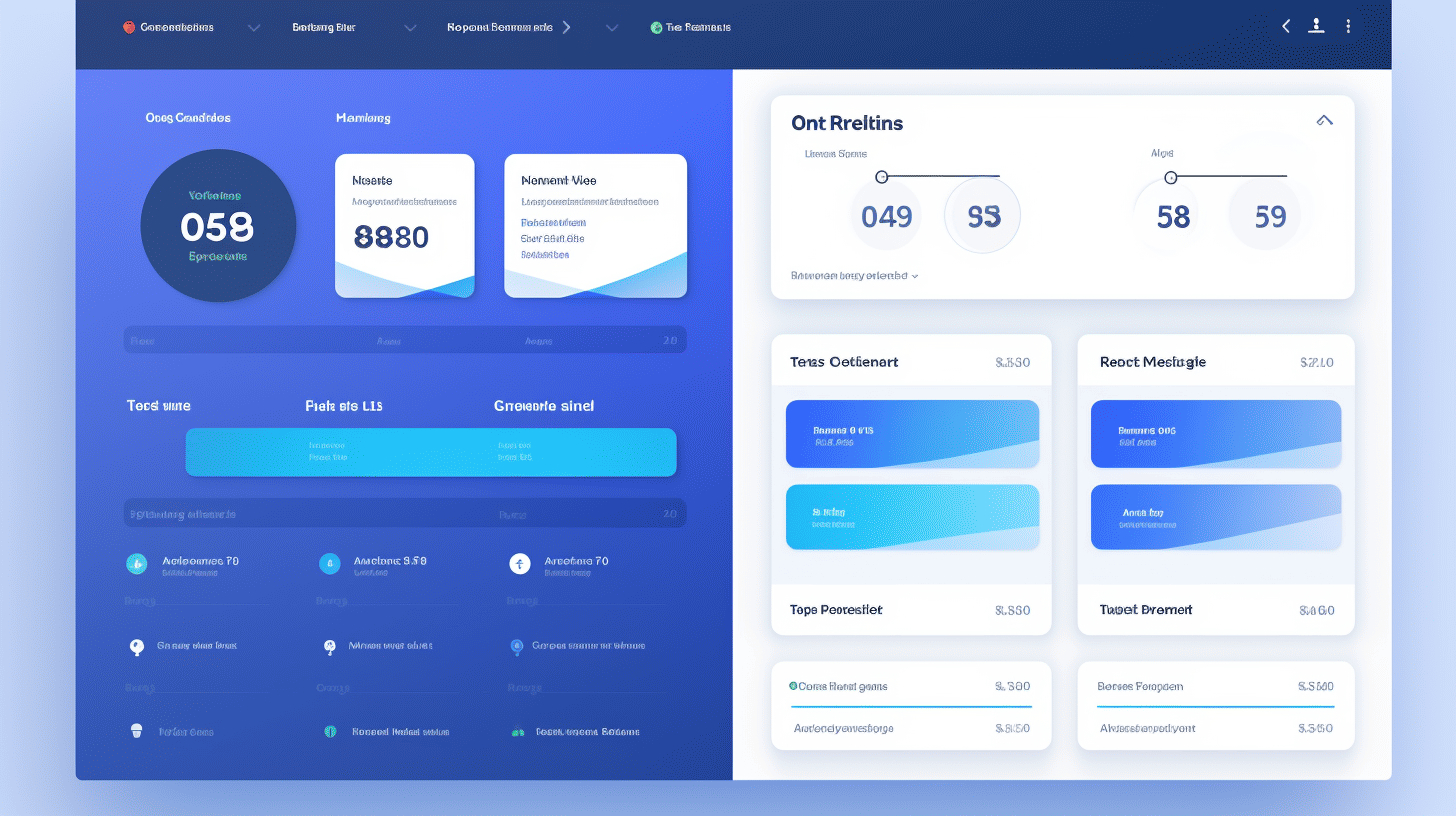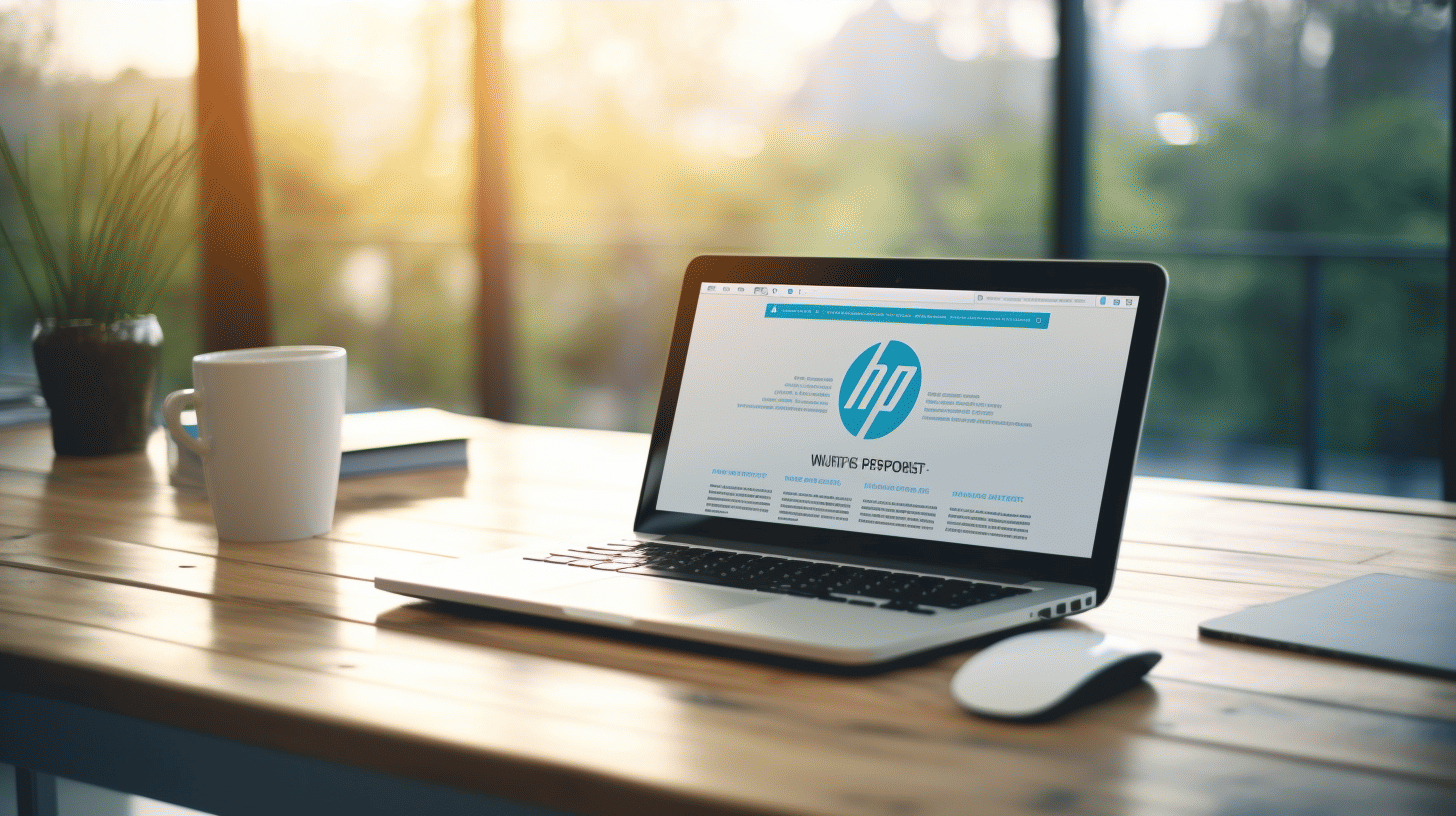在當今的數位環境中,擁有一個安全的網站比以往任何時候都更加重要。隨著網路威脅和駭客事件的增加,保護您的 WordPress 網站應該是首要任務。無論您是企業主、部落客還是電子商務企業家,確保網站的安全對於維持網路形象和保護敏感資訊至關重要。
網站安全性不僅僅是擁有強密碼或使用安全性外掛程式。它涉及全面的措施來強化您的 WordPress 網站並使其更能抵禦潛在的攻擊。網站安全經常被忽視的一方面是主題的選擇。您為 WordPress 網站選擇的主題會顯著影響其整體安全性。
在本文中,我們將探討網站安全性對於 WordPress 網站的重要性,並深入研究 WordPress 網站面臨的常見安全漏洞。然後,我們將討論如何確保 WordPress 網站的主題安全以及 WordPress 託管在增強其整體安全性方面的作用。透過實施這些措施,您可以保護您的網站免受潛在威脅,並放心地知道您的線上狀態是安全的。那麼,讓我們深入了解一下吧!
網站安全對於 WordPress 網站的重要性
在當今的數位時代,網站安全在確保任何線上平台的安全性和可靠性方面發揮著至關重要的作用。 WordPress 是需要特別關注的平台之一,它是世界上最受歡迎的內容管理系統 (CMS)。憑藉其龐大的用戶群和廣泛的客製化選項,WordPress 網站已成為駭客和網路犯罪分子的主要目標。在本節中,我們將深入探討網站安全性對於 WordPress 網站至關重要的原因,並揭示 WordPress 網站面臨的駭客事件的頻率。
WordPress 的流行度與漏洞
WordPress 無疑是數百萬網站所有者、部落客和企業的首選 CMS。它的多功能性、易用性以及龐大的主題和插件生態系統促進了它的廣泛採用。然而,隨著流行也帶來了脆弱性。以下是一些關鍵統計數據,旨在強調網站安全對於 WordPress 網站的重要性:
- 超過 35% 的網站使用 WordPress,這使其成為駭客的熱門目標[1].
- 每天約有 13,000 個 WordPress 網站遭到駭客攻擊,每年總共有 470 萬個網站遭到駭客攻擊[1].
- 掃描的 WordPress 網站中約有 4.3% 已被駭客攻擊[1].
- 39.3% 被駭的 WordPress 網站正在執行過時的核心軟體[1].
這些統計數據描繪了 WordPress 網站周圍安全形勢的令人畏懼的景象。駭客不斷渴望利用過時軟體版本中的漏洞或配置不當的網站中的弱點。成功攻擊的後果可能是毀滅性的,從資料外洩和內容操縱到傳播惡意軟體和感染訪客的裝置。
駭客事件的頻率
WordPress 網站每天都會遭受數量驚人的駭客攻擊。這些攻擊的頻率和規模表明迫切需要強有力的安全措施。以下是一些令人震驚的事實,凸顯了問題的嚴重性:
- 每天有超過 13,000 個 WordPress 網站遭到駭客攻擊[1].
- 這意味著每年約有 470 萬個 WordPress 網站遭到駭客攻擊[1].
這些數字給 WordPress 網站所有者和管理員敲響了警鐘,讓他們認真對待網站安全。忽視安全實踐和更新可能會產生嚴重後果,不僅對網站所有者,而且對信任該平台的訪客也是如此。
總之,由於 WordPress 平台的受歡迎程度和駭客事件的頻繁發生,網站安全性對於 WordPress 網站來說非常重要。網站所有者必須優先考慮安全措施,包括定期更新、強密碼、安全託管以及使用信譽良好的安全插件。透過這樣做,他們可以保護自己的投資,維護線上聲譽,並確保為訪客提供安全可靠的瀏覽體驗。
採取必要的步驟來保護您的 WordPress 網站,以避免成為另一個統計數據[5].
WordPress 中常見的安全漏洞
憑藉其受歡迎程度和廣泛使用,WordPress 成為駭客和惡意行為者最有吸引力的目標之一。在本節中,我們將探討一些導致 WordPress 網站容易受到攻擊的常見安全漏洞。
大量攻擊和漏洞
🔒 您是否知道 WordPress 網站每分鐘有近 90,000 次攻擊?這個驚人的數字突顯了 WordPress 網站所有者面臨的持續威脅。駭客不斷掃描漏洞並利用它們來獲得未經授權的存取或向網站注入惡意程式碼。
為了保護您的 WordPress 網站免受此類攻擊,採取強有力的安全措施至關重要。實施安全性外掛程式並定期更新 WordPress 安裝是最大限度降低成為攻擊者目標的風險的重要步驟。
附加資訊:
- WordPress 資料庫中存在超過 45,000 個漏洞,其中 2022 年有 10,345 個獨特漏洞。
- 90% 被駭的基於 CMS 的網站位於 WordPress 上。
與主題和外掛相關的風險
主題和外掛程式為 WordPress 網站增添了功能和美感。然而,如果開發或維護不當,它們也會帶來重大的安全風險。事實上,WordPress 中偵測到的漏洞中有高達 97% 是由主題和外掛程式造成的。
附加資訊:
- 74% 被駭的 WordPress 網站在攻擊時使用了過時的軟體。
- 8% 被駭客入侵的 WordPress 網站因密碼較弱而遭到破壞。
由於主題和外掛程式是由第三方開發人員創建的,因此選擇信譽良好的來源並定期更新以修補任何安全漏洞至關重要。此外,卸載未使用的主題和外掛程式可以進一步減少 WordPress 網站的攻擊面。
保護您的 WordPress 網站免受安全漏洞的影響需要採取主動的方法。實施強密碼策略、保持主題和插件最新以及利用安全插件都是全面安全策略的關鍵要素。
💡 想了解更多有關 WordPress 保護策略的資訊嗎?查看 WordPress 保護策略 深入比較流行的安全性外掛程式以及保護 WordPress 網站免受潛在威脅的技巧。
確保 WordPress 網站的主題安全
🔐 保持 WordPress 網站的安全對於保護您的資料和維護訪客的信任至關重要。雖然您可以實施多種安全措施,但需要考慮的關鍵方面是 WordPress 主題的安全性。主題在網站的整體功能和設計中發揮著至關重要的作用,但如果管理不當,它們也可能成為潛在的安全漏洞。在本文中,我們將探討您可以採取的一些基本步驟,以確保 WordPress 主題的安全。
研究主題的歷史和聲譽
在 WordPress 網站上安裝主題之前,有必要研究其歷史和聲譽。以下是一些需要考慮的因素:
- 主題開發者:尋找具有製作安全可靠主題記錄的信譽良好的主題開發人員。考慮來自知名開發人員或可信任來源推薦的主題。
- 更新和支援:檢查主題是否有定期更新和積極支持的歷史記錄。定期更新的主題更有可能有安全性修補程式和修復。
- 用戶評論:閱讀主題的用戶評論和評分。請注意任何提及的安全問題或漏洞。具有正面評價和龐大用戶群的主題通常是一個好兆頭。
透過進行徹底的研究,您可以做出明智的決定並選擇優先考慮安全性的主題。
定期更新和安全性補丁
為 WordPress 網站選擇主題後,使用最新的安全性修補程式對其進行更新至關重要。開發人員經常發布更新來解決漏洞並增強主題的安全性。這就是為什麼定期更新至關重要:
- 安全修復:更新通常包括修復主題中發現的任何安全漏洞的修補程式。透過讓您的主題保持最新,您可以確保及時解決這些漏洞。
- 相容性:更新還確保您的主題與最新版本的 WordPress 和其他外掛程式保持相容。這種相容性對於整體網站安全和最佳效能至關重要。
要更新您的 WordPress 主題,您可以按照以下步驟操作:
- 導覽至 WordPress 儀表板中的「主題」部分。
- 檢查您安裝的主題是否有可用的更新。
- 如果有可用更新,請按一下每個主題的「更新」按鈕以啟動更新程序。
定期更新主題將大大增強 WordPress 網站的安全性。
使用 Web 應用程式防火牆
除了研究和更新您的主題之外,使用 Web 應用程式防火牆 (WAF) 還可以為您的 WordPress 網站提供額外的保護層。 WAF 可作為您的網站與潛在威脅(例如惡意軟體和惡意攻擊)之間的安全屏障。以下是使用 WAF 的一些好處:
- 即時威脅偵測與預防:WAF可以即時識別和阻止潛在威脅,阻止他們訪問您的網站。
- DDoS 防護:WAF 可以透過在惡意流量到達您的伺服器之前識別並過濾掉惡意流量來緩解分散式阻斷服務 (DDoS) 攻擊。
- 虛擬補丁:如果在您的主題或網站的任何其他部分中發現漏洞,WAF 可以透過應用虛擬修補程式來提供臨時保護,直到找到適當的修復程序為止。
若要為您的 WordPress 網站實施 Web 應用程式防火牆,您可以使用安全性外掛程式或諮詢您的網站寄存提供者。他們可以引導您完成整個流程,並幫助您選擇適合您需求的 WAF 解決方案。
透過採取這些步驟來確保 WordPress 主題的安全,您可以大幅降低安全漏洞的風險,並保護您的網站及其訪客免受潛在的傷害。
請記住,保護您的 WordPress 主題只是安全難題的一小部分。採用全面的網站安全方法非常重要,包括定期更新外掛程式、使用強密碼以及實施其他安全最佳實務。
WordPress 託管在安全性方面的作用
當談到 WordPress 網站的安全性時,選擇合適的託管提供者起著至關重要的作用。 WordPress 託管如果積極管理並定期更新,可以為您的網站提供額外的保護層。在本節中,我們將探討主動式管理和更新如何有助於 WordPress 網站的安全。
主動管理和更新
選擇 WordPress 託管託管的主要好處之一是託管提供者提供的主動管理和定期更新。讓我們仔細看看這些因素如何增強網站的安全性:
- 主動安全措施: 託管 WordPress 託管提供者通常會實施主動安全措施來保護您的網站免受潛在威脅。這些措施可能包括即時監控、惡意軟體掃描和防火牆。透過主動監控您的網站並應用安全補丁,他們可以在漏洞被利用之前檢測並解決這些漏洞。
- 及時軟體更新: WordPress 定期發布更新以解決安全漏洞和錯誤。然而,保持 WordPress 核心、主題和外掛程式最新可能非常耗時且容易被忽略。透過託管 WordPress 託管,託管提供者會為您處理這些更新。它們確保您的 WordPress 安裝及其所有元件定期更新,從而降低過時軟體被利用的風險。
- 預防措施: 託管 WordPress 託管提供者通常會實施額外的安全措施來防止攻擊。這些措施可以包括 IP 封鎖、暴力保護和 SSL 憑證。透過實施這些安全措施,它們可以為您的網站創建更安全的環境,並幫助減輕潛在威脅。
- 專家支援: 透過託管 WordPress 託管,您可以聯絡專門從事 WordPress 安全的專家團隊。如果發生攻擊或安全問題,您可以依靠他們的專業知識來幫助快速有效地解決問題。他們的知識和經驗對於保護您的網站非常寶貴。
總之,選擇託管 WordPress 託管可以顯著增強網站的安全性。透過主動管理和定期更新,託管提供者可以主動保護您的網站免受潛在威脅和漏洞的影響。透過配備專家並實施預防措施,他們為您的 WordPress 網站的蓬勃發展創造了一個安全的環境。
選擇託管 WordPress 託管可確保您可以專注於運行您的網站,同時將安全方面的問題交給有能力的人。要了解有關託管 WordPress 託管及其在網站安全中的作用的更多信息,請查看 WordPress 託管.
結論
總之,確保 WordPress 網站的安全在當今的數位環境中至關重要。隨著 WordPress 的普及和駭客事件的日益頻繁,採取主動措施保護您的網站免受漏洞至關重要。
透過解決常見的安全漏洞(例如與主題和外掛相關的大量攻擊和風險),您可以增強 WordPress 網站免受潛在威脅的能力。研究主題的歷史和聲譽、定期更新和應用安全性修補程式以及利用 Web 應用程式防火牆是增強主題安全性的有效策略。
考慮 WordPress 託管在維護網站安全方面的作用也很重要。選擇託管 WordPress 託管平台,例如 託管WP,確保主動管理和更新,以全天候保護您的網站。
透過優先考慮網站安全,您不僅可以保護您的寶貴資料和線上狀態,還可以贏得訪客的信任。立即投資強大的安全措施,享受安全無憂的 WordPress 體驗。
常見問題解答
- 有哪些強大的主題可以增強 WordPress 網站?
一些增強 WordPress 網站的強大主題包括:1. Divi、2. Avada、3. Ultra、4. Astra Pro 和 5. Bridge。
- 選擇強大的主題如何增強網站安全性?
選擇強大的主題可以透過提供內建安全措施、定期更新、可靠的客戶支援以及與流行安全插件的兼容性等功能來增強網站安全性。這些主題是透過安全編碼實踐開發的,降低了漏洞風險。
- 強大的主題會影響網站效能嗎?
強大的主題通常針對效能進行了很好的最佳化,在安全性和速度之間提供了平衡。然而,重要的是選擇輕量級的主題,避免過度使用插件,並具有良好的編碼標準,以確保最佳的網站效能。
- 強大的主題是否與流行的插件相容?
大多數強大的主題旨在與用於網站安全、SEO、快取等的流行插件相容。但是,始終建議檢查主題文件或聯絡主題開發人員以確認與特定外掛程式的兼容性。
- 我可以切換到強大的主題而不影響我現有的網站內容嗎?
在大多數情況下,切換到新的強大主題不會影響現有的網站內容。但是,建議在切換主題之前備份您的網站,並徹底測試新主題以確保正確的功能和佈局一致性。



















